Torniquet
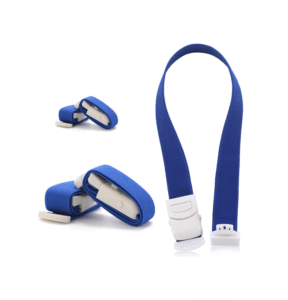
A tourniquet is a medical device used to constrict blood flow to a limb or extremity during procedures such as blood draws or surgical operations. It is typically made of a strap or band that can be tightened around an arm or leg to temporarily stop blood circulation, making veins more prominent and easier to access. Tourniquets are essential for managing severe bleeding in emergencies, allowing healthcare providers to control hemorrhage until further treatment can be administered. Proper application is crucial to prevent tissue damage or complications.

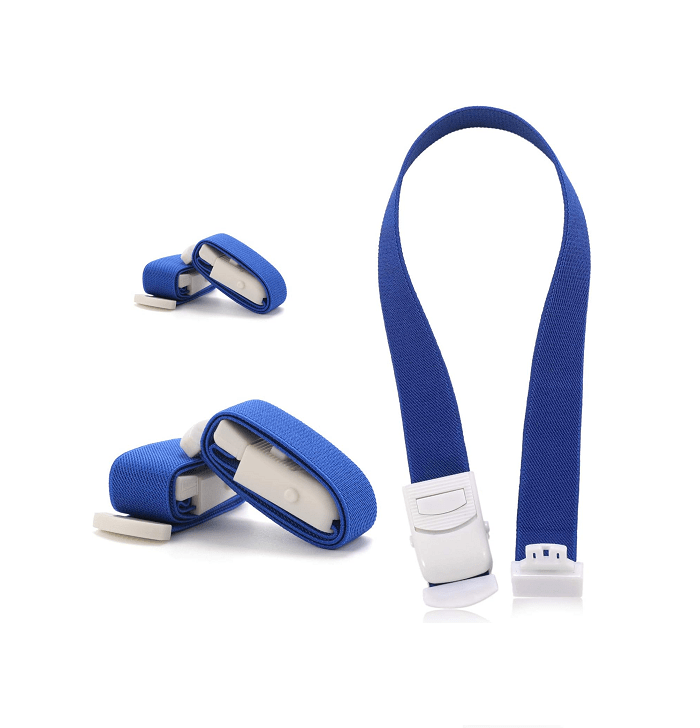


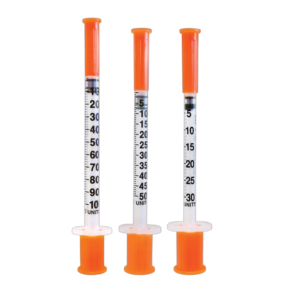
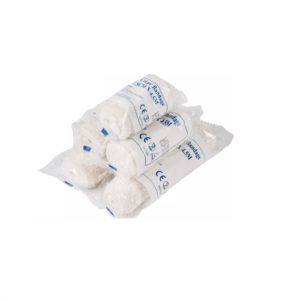
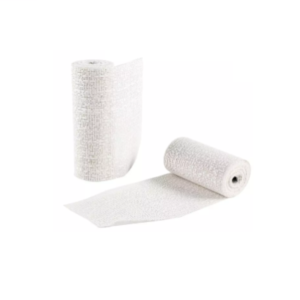
Joseph VT –
Torniquet – good product ⭐️⭐️⭐️⭐️⭐️